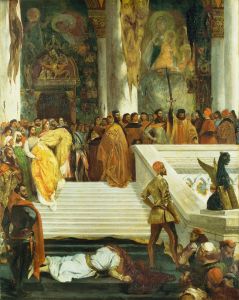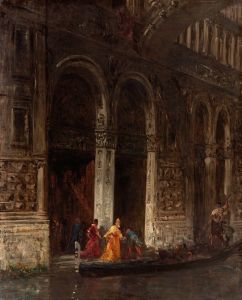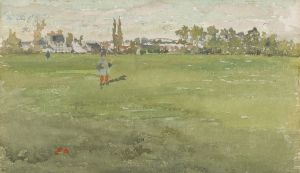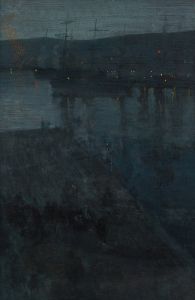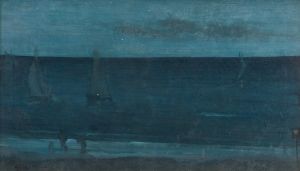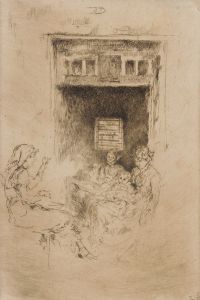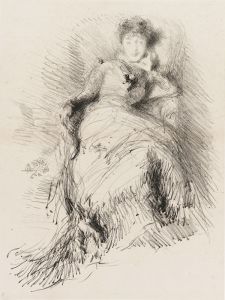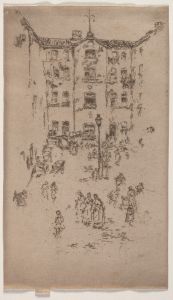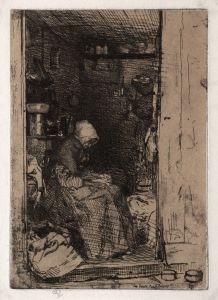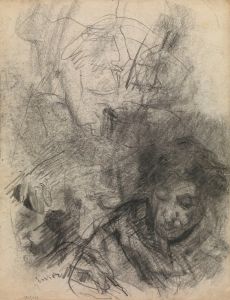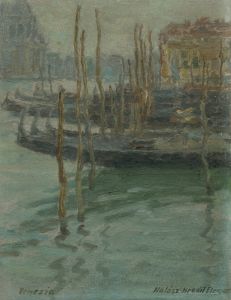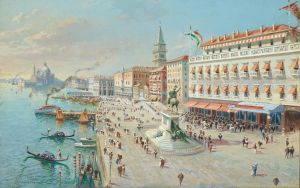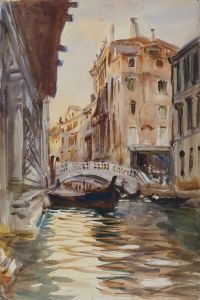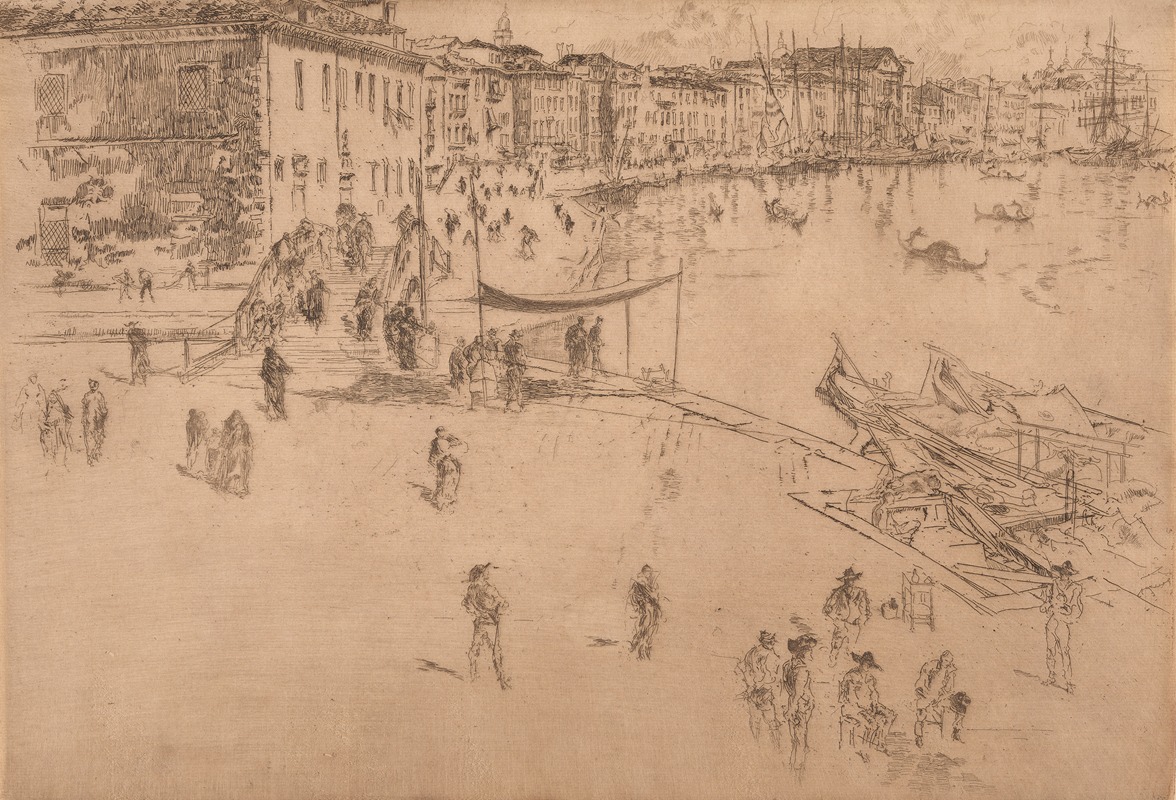
The Riva, no. 2
A hand-painted replica of James Abbott McNeill Whistler’s masterpiece The Riva, no. 2, meticulously crafted by professional artists to capture the true essence of the original. Each piece is created with museum-quality canvas and rare mineral pigments, carefully painted by experienced artists with delicate brushstrokes and rich, layered colors to perfectly recreate the texture of the original artwork. Unlike machine-printed reproductions, this hand-painted version brings the painting to life, infused with the artist’s emotions and skill in every stroke. Whether for personal collection or home decoration, it instantly elevates the artistic atmosphere of any space.
James Abbott McNeill Whistler was an American artist active during the late 19th century, known for his contributions to the Aesthetic Movement and his distinctive style that often emphasized mood and atmosphere over detailed representation. One of his works, "The Riva, no. 2," exemplifies his approach to art, although specific details about this particular painting are limited.
Whistler was born in Lowell, Massachusetts, in 1834 and spent much of his life in Europe, where he developed his artistic career. He was heavily influenced by the art and culture of the places he lived, particularly London and Paris. Whistler is best known for his paintings, etchings, and lithographs, and he often drew inspiration from his surroundings, capturing the essence of urban and natural landscapes with a focus on harmony and tonal balance.
"The Riva, no. 2" is believed to be part of Whistler's series of works that depict scenes from Venice, a city that captivated many artists of his time. Whistler visited Venice in 1879, and the city had a profound impact on his work. During his stay, he created a series of etchings and pastels that captured the unique light and atmosphere of the Venetian landscape. These works are celebrated for their subtlety and the way they convey the city's ethereal beauty.
Whistler's Venetian works, including "The Riva, no. 2," are characterized by their use of soft colors and delicate lines. He often employed a limited palette to create a sense of harmony and tranquility, focusing on the interplay of light and shadow. This approach is evident in his depictions of the Riva degli Schiavoni, a prominent waterfront promenade in Venice, which served as a popular subject for many artists.
In "The Riva, no. 2," Whistler likely captured the serene ambiance of the Venetian waterfront, emphasizing the reflections on the water and the atmospheric effects of the city's unique light. His technique often involved the use of thin layers of paint and careful brushwork to achieve a sense of depth and luminosity. This method allowed him to create compositions that were both evocative and understated, inviting viewers to experience the mood of the scene rather than focusing on intricate details.
Whistler's work in Venice, including "The Riva, no. 2," contributed to his reputation as a master of mood and atmosphere. His ability to convey the essence of a place through subtle tonal variations and compositional balance set him apart from many of his contemporaries. Whistler's influence extended beyond his lifetime, impacting future generations of artists who admired his innovative approach to capturing the world around him.
While specific information about "The Riva, no. 2" is limited, it remains an example of Whistler's skill in creating evocative and atmospheric works that continue to resonate with audiences today. His legacy as a pioneer of the Aesthetic Movement and a master of tonal harmony endures, with his works held in high regard by art historians and collectors alike.





